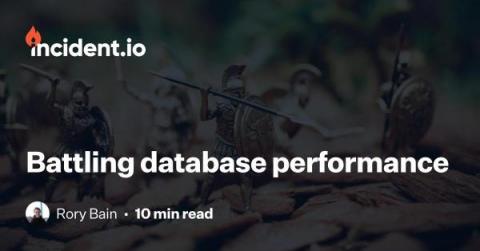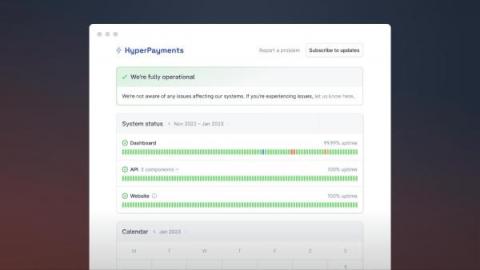9 incident management solutions to improve your workflows
Incident management is a team effort. While it's true that incident management should be seen as a company-wide effort, and you should empower all teams to declare incidents, this differs from the team effort I'm referring to here. No, incident management is a team effort in the sense that no one tool can do it all, not even incident.io. We covered as much when we discussed why we integrate with tools that can be seen as our competitors – and that’s OK!









